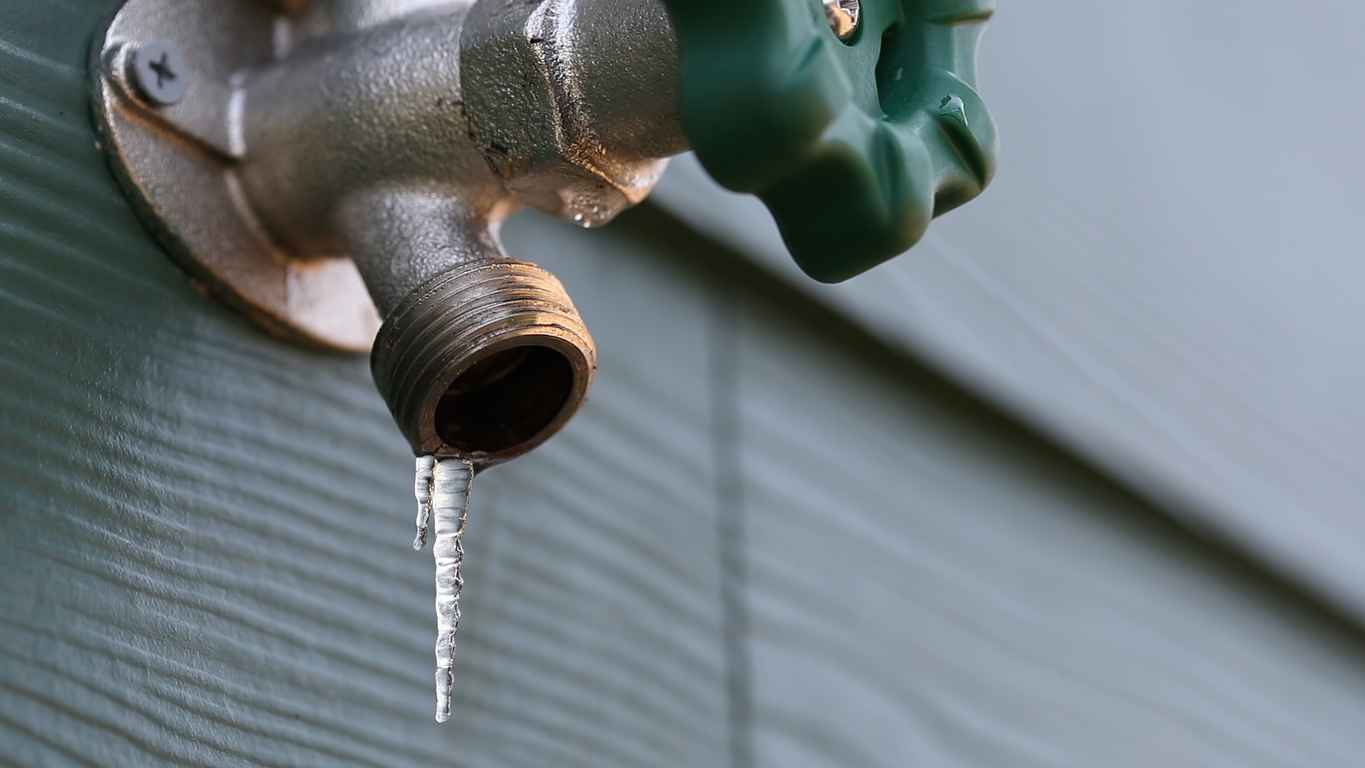
What to Do if You Have a Frozen Pipe
Here in Florida, frozen pipes aren’t something most homeowners worry about. However, when temperatures drop unexpectedly, even a brief cold snap can put your plumbing at risk. While it’s rare, a frozen pipe can cause serious damage if left untreated, leading to costly repairs and water damage.
Knowing what to do if a pipe freezes can help you act quickly and prevent a disaster. In this guide, we’ll cover how to identify a frozen pipe, the safest ways to thaw it, and what steps you can take to prevent freezing in the future.
How to Tell if a Pipe is Frozen
Because frozen pipes are uncommon in Florida, you may not realize your plumbing is affected until it’s too late. Here are some signs that a pipe may be frozen:
- No water flow – If you turn on a faucet and only a trickle (or no water at all) comes out, there’s a good chance the pipe is frozen.
- Unusual noises – If you hear banging or clanking when turning on the water, it could be due to ice blockage.
- Visible frost – If a pipe is exposed, check for frost buildup on the surface.
- Bulging or cracks – Ice expands as it forms, which can cause pipes to bulge or crack. If you see any damage, turn off your water supply immediately.
How to Safely Thaw a Frozen Pipe
If you suspect a pipe has frozen, it’s important to act quickly but carefully. Here’s how to safely thaw it:
1. Keep the Faucet Open
As the pipe begins to thaw, water will start flowing again. Keeping the faucet open allows water to move through the pipe, helping to melt the ice inside.
2. Apply Heat Gradually
Use a hairdryer, heating pad, or warm towels to slowly warm the pipe. Start from the faucet end and work your way toward the frozen section. Never use an open flame, as it can damage the pipe and create a fire hazard.
3. Increase Room Temperature
If the frozen pipe is inside a wall, turn up your thermostat or use space heaters to gradually warm the area. Opening cabinet doors under sinks can also help circulate warm air to hidden pipes.
4. Use Hot Water Soaked Towels
Soak towels in hot water and wrap them around the frozen section of the pipe. This method helps gradually transfer heat to the ice blockage.
What to Do if a Pipe Bursts
If a frozen pipe cracks or bursts, follow these steps to minimize damage:
- Shut off the main water supply – This will stop water from flowing and prevent further flooding.
- Drain the faucets – Turn on all faucets to release any remaining water in the system.
- Clean up excess water – Use towels, mops, or a wet/dry vacuum to remove standing water to prevent mold and water damage.
- Call a professional plumber – A burst pipe requires immediate attention. Professional repairs ensure your plumbing system is restored safely.
How to Prevent Pipes from Freezing in Florida
While Florida’s warm climate makes frozen pipes rare, unexpected cold snaps can still happen. Here are some precautions to take when temperatures drop:
- Insulate exposed pipes – Use foam insulation or pipe sleeves on outdoor and unheated pipes to prevent freezing.
- Let faucets drip – A small trickle of water can keep water moving through the pipes, reducing the risk of freezing.
- Keep cabinet doors open – This allows warm air to reach pipes under sinks in kitchens and bathrooms.
- Maintain indoor temperatures – Even if you’re away, keep your home’s temperature above 55°F to protect pipes from freezing.
Contact Lickety-Split for All Your Pipe Needs
Frozen pipes may not be a common concern in Florida, but it’s always good to be prepared. If you ever experience a frozen or burst pipe, Lickety-Split is here to help. Our team provides expert plumbing services to keep your home safe and your water flowing. Contact us today for fast, reliable pipe repairs and plumbing solutions!
Recent News
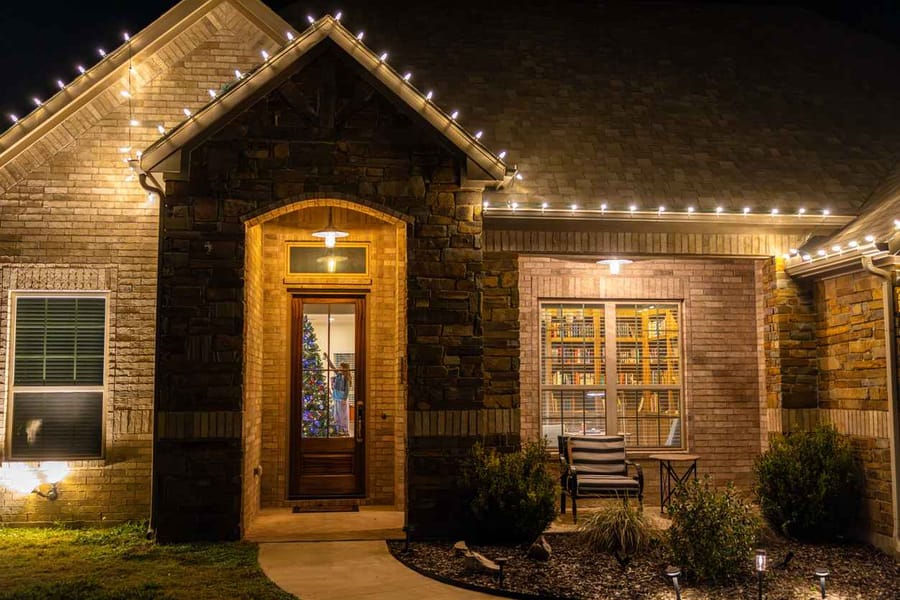
Lighting the Night Safely: Outdoor & Holiday Lighting Tips for Florida Winters
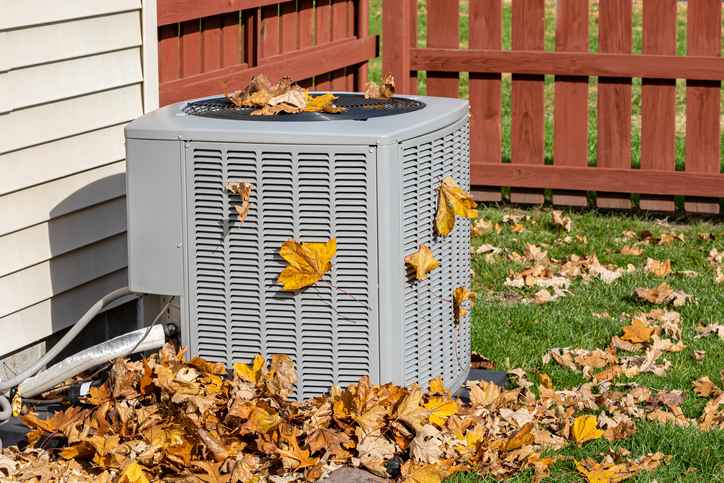
Florida Fall HVAC Tune-Up Guide: Get Your System Ready for Cool Nights & Humid Days
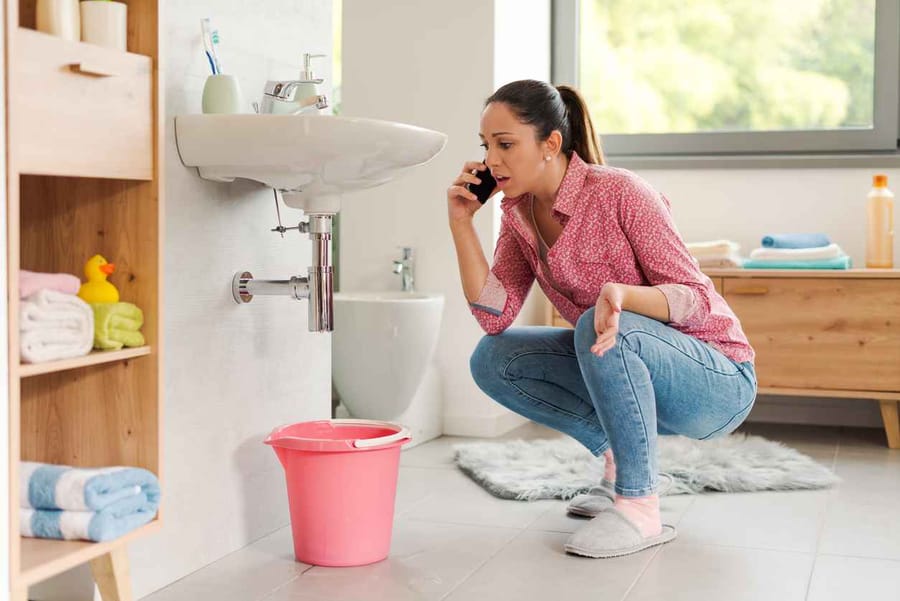
Why Emergency Plumbing Is So Expensive and 4 Ways to Avoid Needing It
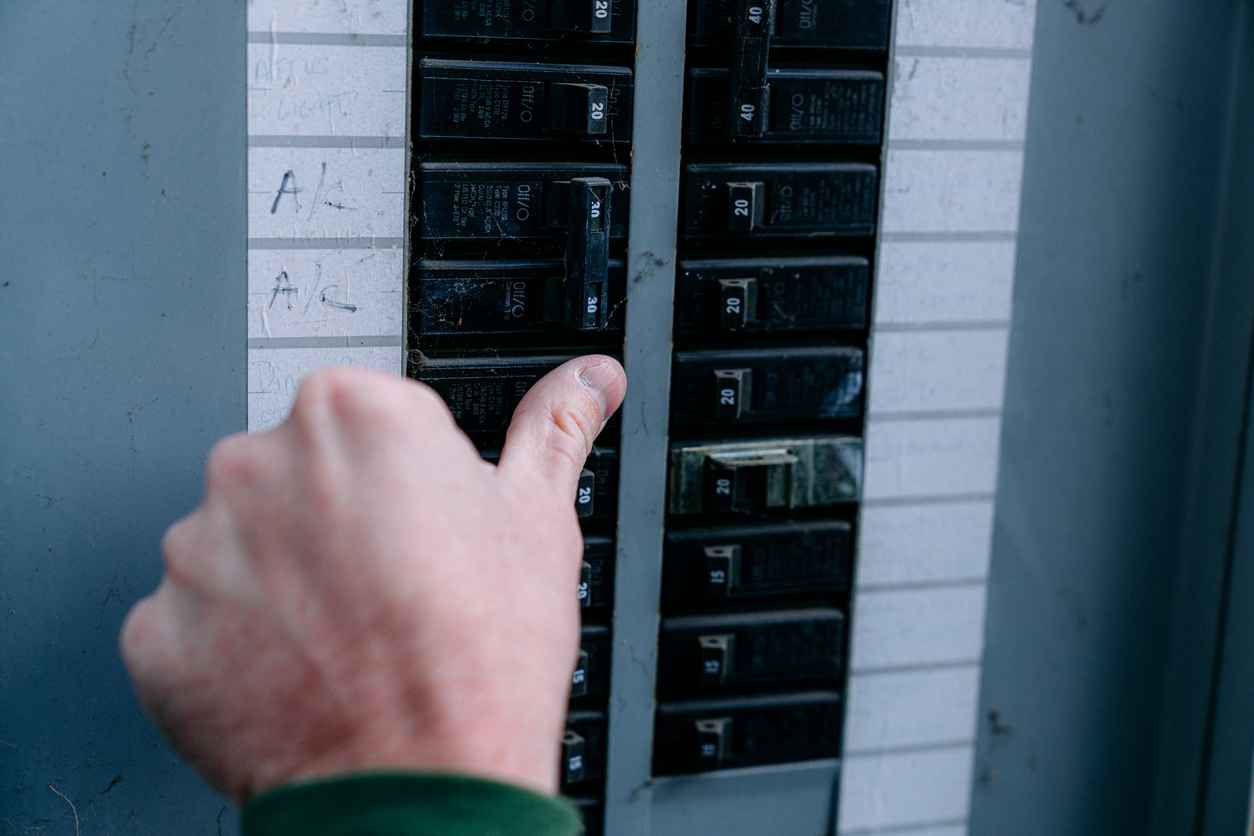
How to Know if You Actually Need a Panel Upgrade

Understanding the Importance of Regular Drain Cleaning

How to Get Rid of Sewer Flies
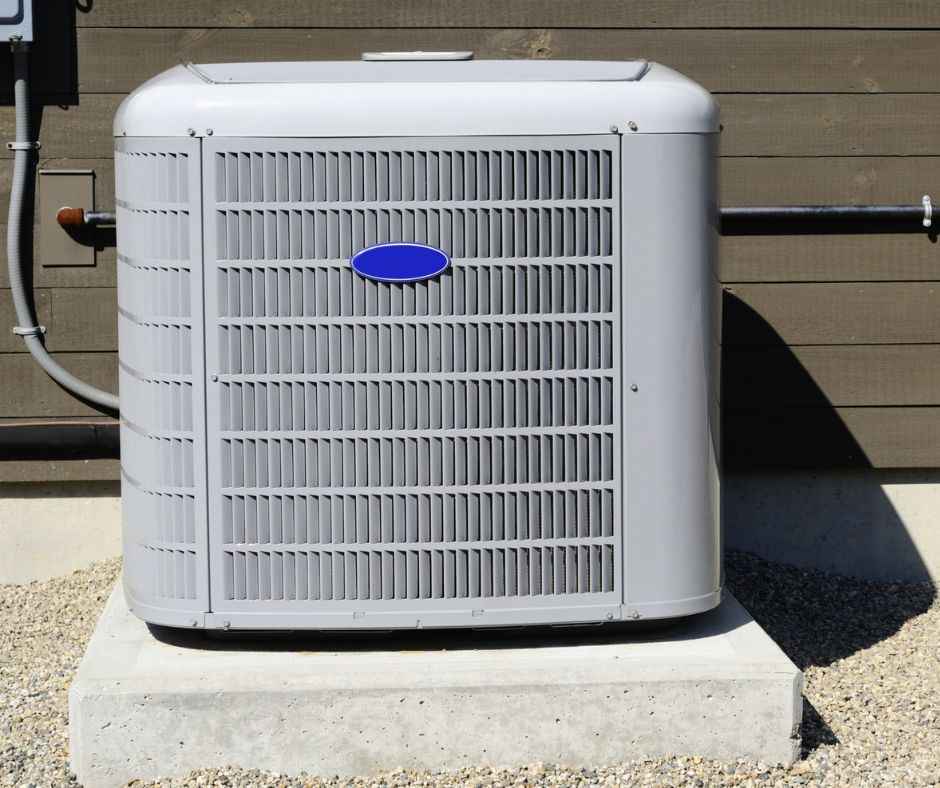
Why is My AC Freezing Up?

